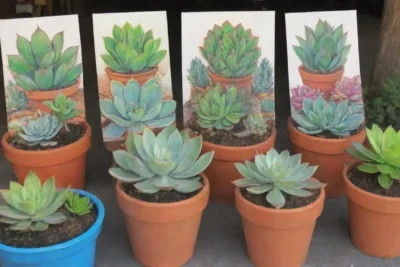
How to Capture Your Succulent Event Through Photography
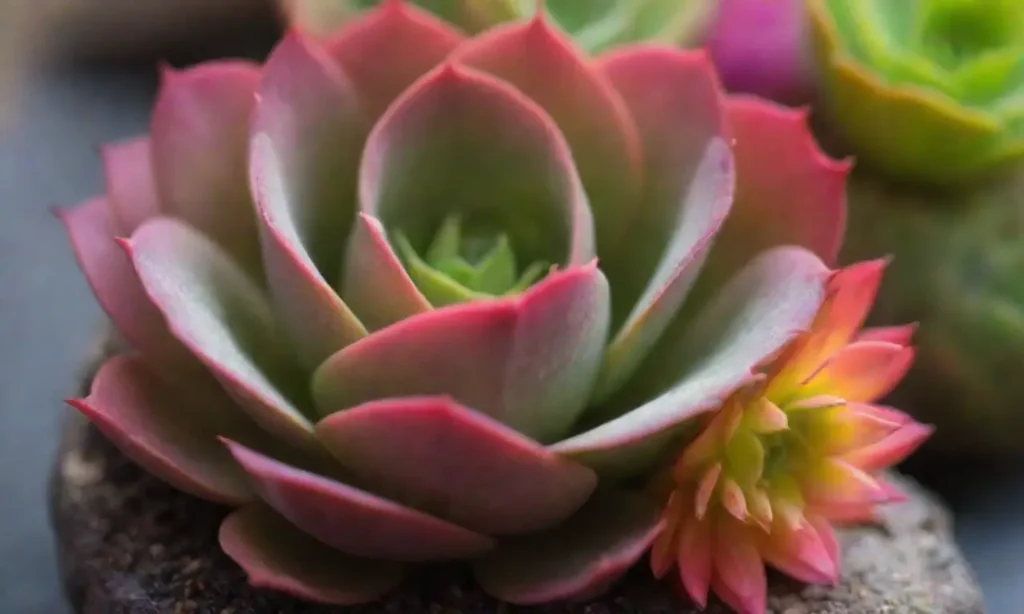
Introduction
Succulent plants have become a popular centerpiece in various events, from weddings to parties, thanks to their unique shapes and vibrant colors. These hardy plants not only serve as beautiful decorations but also symbolize resilience and beauty in diversity. However, capturing the essence of an event adorned with succulents goes beyond just pointing and shooting; it requires creativity, understanding of photography, and an appreciation for these mesmerizing plants.
In this article, we will delve into the intricacies of photographing succulent-centered events. We’ll cover everything from planning your shots to using the right equipment and editing techniques that can make your photographs stand out. Whether you are a budding photographer or a seasoned pro, these tips will help you effectively capture the beauty and spirit of your succulent event.
Planning Your Shots
The importance of planning cannot be overstated in photography, particularly when dealing with an event that is expected to have numerous photo opportunities. Planning your shots involves understanding the layout of the event, the placement of the succulents, and how natural light interacts with your subject.
Assess the Venue
Start by familiarizing yourself with the event venue. Explore the layout for potential backgrounds that complement the succulent arrangements. An outdoor garden or a beautifully designed indoor space will offer different lighting and backgrounds that can enhance the beauty of your subject. Scout different angles and perspectives where you can capture the succulents without distractions in the background.
Consider how the natural light will play with your shots. Natural light can create beautiful highlights and shadows that enhance textures, which is particularly important when capturing the intricate details of succulent leaves. Take note of the time of day the event takes place to work around the changing light conditions. If the event is in the afternoon, consider using a diffuser or reflector to soften the harsh shadows.
Create a Shot List
A shot list is invaluable for ensuring you capture all the significant moments and details that encapsulate the event. Include images of the entire setup, close-ups of individual succulent arrangements, guests interacting with the plants, and moments of joy and celebration. This organized approach will ensure that you don’t miss any crucial moments, especially in a dynamic environment where events sometimes blur together.
While creating your shot list, think about the story you want to tell through your photography. Whether it's the journey of how the event came together or the aesthetics of each arrangement, every picture should contribute to the narrative. This consistent storytelling will engage viewers and allow them to connect with your images more deeply.
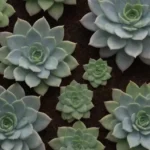 Showcasing Rare Succulent Species: Events Worth the Journey
Showcasing Rare Succulent Species: Events Worth the JourneyLighting Considerations
Lighting plays a fundamental role in photography, especially for capturing the delicate intricacies of succulents. If you can, aim to shoot during the golden hour—the hour after sunrise and the hour before sunset—when the light is softer and warmer. This light can cast stunning shadows that highlight the textures of the plants.
If shooting indoors, always have artificial lighting options available. Consider using softbox lights, which can diffuse harsh shadows and evenly light your subjects. A ring light is also a great tool to give a soft, uniform glow, again emphasizing the evocative textures of succulents.
Shooting Techniques for Succulent Photography
When it comes to photographing succulents, certain techniques can significantly enhance the composition and quality of your images. This section will cover the essential techniques you should consider during the shoot.
Depth of Field
Using a shallow depth of field can isolate your subject and create a dreamy quality to your images. By adjusting the aperture setting on your camera, you can focus closely on the succulent, allowing the background to become softly blurred. This technique draws attention to the details of the plant and highlights its unique characteristics.
Experiment with different aperture settings—starting around f/2.8 to f/5.6 can yield pleasing results. Shoot from different distances and angles to find that perfect focal point. This method not only enhances texture but can also create a sense of intimacy, making viewers feel as though they are part of the moment.
Composition and Leading Lines
When photographing an event, composition can make or break your images. Use the Rule of Thirds, where you divide your frame into a grid and position your succulents along these lines or at their intersections. This technique creates balance and leads the viewer’s eye naturally through the photograph.
Incorporating leading lines can direct viewers to the focal point of your image. Pathways, table edges, or lines created by overlapping plants can create a dynamic element that adds depth. Always ensure that these lines lead to your succulent arrangements, enhancing their visual appeal and making your images more engaging.
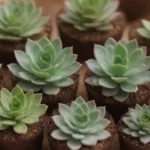 Sustainable Practices at Succulent Events: Going Green
Sustainable Practices at Succulent Events: Going GreenExperiment with Angles and Perspectives
Don’t hesitate to change your angles and perspectives for unique shots. Shooting from above, at eye-level, or even from a low angle can yield unexpectedly beautiful results. Each angle tells a different story and gives a new perspective on the succulent arrangements.
If possible, try shooting through different framing concepts—like branches or other plants—to create a layered effect. This technique adds depth and can make your images feel more three-dimensional and inviting. Always be curious and playful with your approach, as sometimes the best shots come from unexpected angles.
Post-Processing Techniques

Once your event is over, the next significant step in capturing your succulent event beautifully is the post-processing phase. Even the best images benefit from a little enhancement through editing software.
Basic Editing Skills
Basic adjustments like exposure, contrast, saturation, and sharpening can improve your images significantly. Tools like Adobe Lightroom and Photoshop provide user-friendly environments for these adjustments. Start by adjusting exposure to make sure your succulents pop and their colors are vibrant.
An essential step involves enhancing clarity and sharpness. Don’t overdo it, as too much sharpness can create an unnatural look. Instead, aim for a natural enhancement that preserves textures while making the colors of your succulents vibrant and eye-catching.
Color Correction and Filters
Succulents come in a myriad of colors, from greens and blues to pinks and purples. Correcting color balance can make these colors speak clearly and cohesively. Utilize the white balance tool to help bring out the true colors without distortion caused by artificial light or processed images.
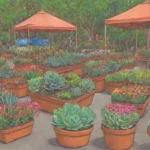 Annual Succulent Competitions: Showcasing the Best Plants
Annual Succulent Competitions: Showcasing the Best PlantsAdding subtle filters can also enhance the dreaminess of your shots. However, moderation is essential. Filters should complement the overall aesthetic of your images without overwhelming the natural beauty of the plants. Consider editing your images in a series to maintain consistency across all your photos, enhancing the overall story of your event.
Creating a Narrative Through Sequencing
As you compile your collection of images, think about their sequencing. This method is especially important if you're creating a slideshow or an album. Organize the photographs in a way that tells a story, whether it’s through the progression of the event or through thematic groupings of colors and textures.
You can create emotional connections by sequencing shots leading from the preparation stage through to the joyous celebration and closing moments. This emotional journey can powerfully engage your audience, urging them to feel the event's spirit through your lens.
Conclusion
In conclusion, photographing a succulent event is a rewarding endeavor that combines art, technique, and storytelling. By carefully planning your shots, utilizing effective shooting techniques, and mastering post-processing, you can breathe life into your photographs.
Remember, the charm and subtlety of succulents lie in their details, so take the time to emphasize their uniqueness through your photos. Allow your creativity to shine as you experiment and discover new perspectives.
Photography, especially in such a beautifully vibrant theme as succulents, offers a unique opportunity to convey emotions and memories that can last a lifetime. By employing the methods outlined in this guide, you can ensure that your succulent event is captured in all its glory, leaving everyone who views the photographs with a sense of joy and wonder. Happy shooting!
 Networking Tips for Succulent Enthusiasts at Large Events
Networking Tips for Succulent Enthusiasts at Large EventsIf you want to read more articles similar to How to Capture Your Succulent Event Through Photography, you can visit the Succulent events category.

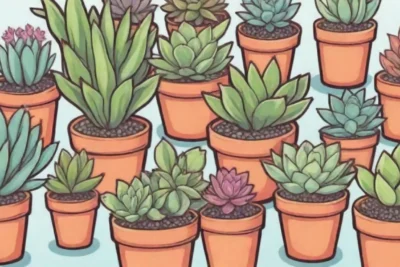

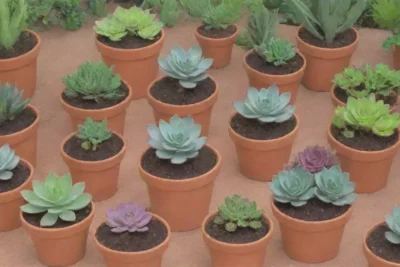
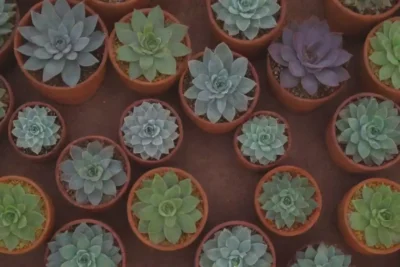
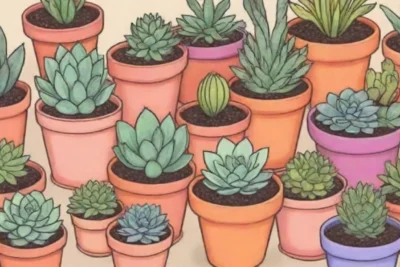
You Must Read